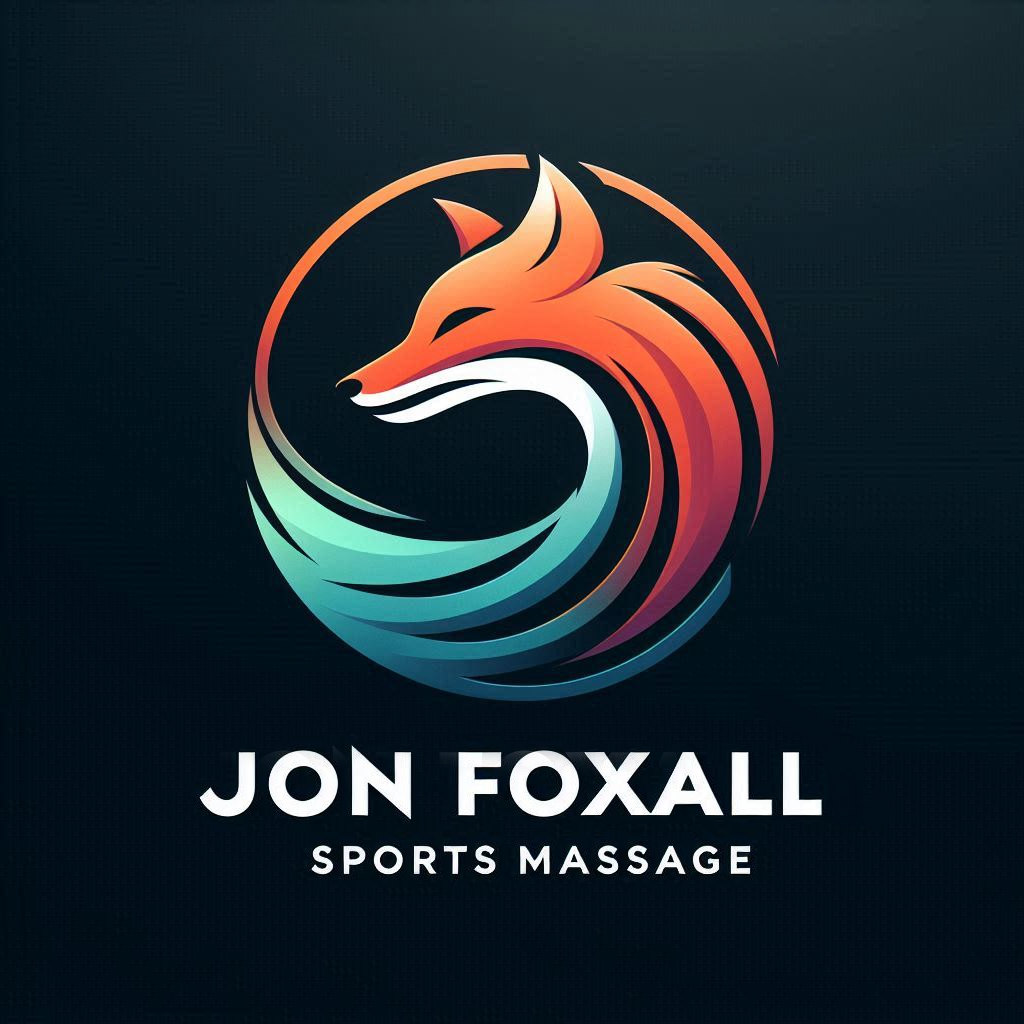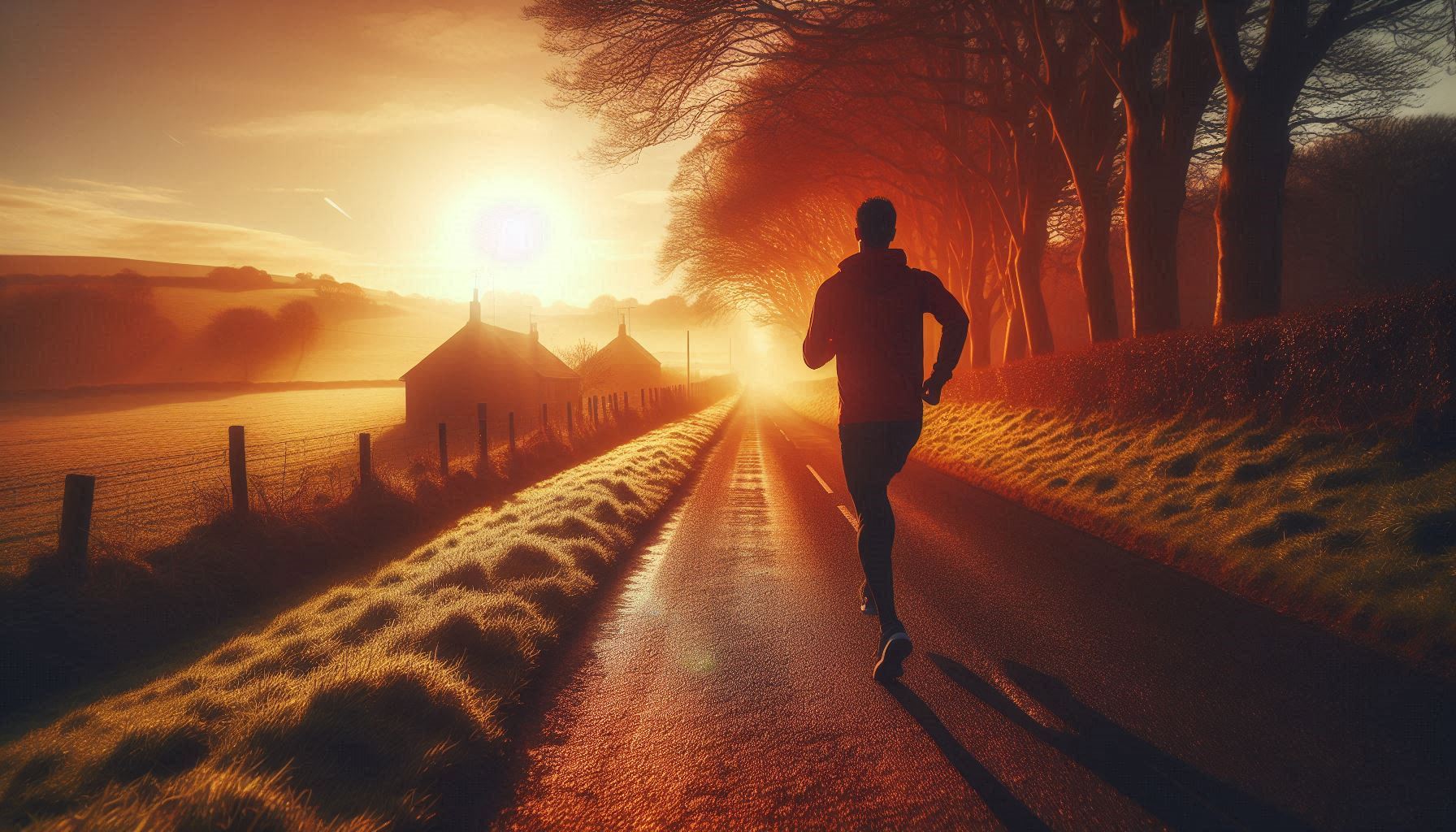So, you’ve signed up for a marathon – congrats! 🙌 Whether it’s your first 26.2 miles or you’re chasing a PB, marathon training is no joke. Long runs, speed work, strength sessions – your body is going to feel everything. But if you want to cross that finish line strong (and injury-free), sports massage needs to be in your corner.
Trust me – it’s not just an indulgence. Sports massage can seriously boost your performance, speed up recovery, and help you avoid those dreaded sidelining injuries. Here’s how to weave it into your marathon training plan like a pro. 💪
The Benefits of Sports Massage During Marathon Training
- Keeps Muscles Loose and Flexible – Tight muscles = restricted movement = increased risk of injury. Sports massage helps release that tightness, keeping your stride smooth and efficient.
- Prevents Injuries Before They Happen – Niggles and knots are part of marathon life, but if left unchecked, they can snowball into something bigger. Regular massage works out those hot spots before they turn into full-blown problems.
- Speeds Up Recovery – Long runs leave your legs feeling heavy and sore. Massage boosts blood flow and flushes out lactic acid, meaning you bounce back quicker for your next session.
- Improves Range of Motion – Better mobility means better performance. Loose, well-functioning muscles help you run more efficiently and reduce wasted energy.
How to Schedule Sports Massage During Training
1. Early Training (Base Building Phase)
🗓️ Frequency: Once every 3-4 weeks
- Your focus here is gradually increasing mileage. Regular massage helps manage any stiffness or imbalances that start creeping in. This is all about maintenance.
- If you’ve had past injuries, this is the time to address them. Sports massage can help prevent old issues from flaring up as your mileage grows.
2. Mid Training (Peak Mileage Phase)
🗓️ Frequency: Every 2-3 weeks
- This is where the magic (and pain) happens – long runs, speed work, and serious mileage. Your legs will feel it, so recovery is key.
- A massage at this stage can ease muscle fatigue, reduce soreness, and keep you on track. Look for sessions after your toughest weeks to maximize the benefits.
3. Taper Phase (2-3 Weeks Before Race Day)
🗓️ Frequency: Once or twice during taper
- Your training’s easing up, but your muscles may still feel tight. A light, restorative massage can help with lingering soreness and promote relaxation. Think gentle – this isn’t the time for deep, heavy work.
4. Post-Marathon (Recovery Phase)
🗓️ Frequency: Within 48 hours post-race, then 1 week later
- Your legs will be sore – no way around it. A post-race massage flushes out toxins, reduces muscle stiffness, and speeds up healing. A follow-up session a week later helps with lingering tightness.
What Kind of Sports Massage Do You Need?
- Pre-Event Massage (1-2 Days Before the Race): Light and stimulating. This primes your muscles, boosts circulation, and leaves you feeling race-ready. No deep work – just enough to get everything moving.
- Post-Event Massage (After the Race): Gentle, restorative work focused on flushing out lactic acid and reducing inflammation. It’s not about fixing anything – just helping you recover faster.
- Regular Training Massage (Throughout the Plan): Deeper pressure targeting problem areas, releasing tension, and keeping muscles healthy during heavy training blocks.
Signs You Need a Sports Massage (ASAP!)
- Persistent tightness in your calves, hamstrings, or hips
- Nagging aches that stick around after long runs
- Reduced range of motion or feeling “stiff” when running
- Any sharp pain or discomfort that’s messing with your form
Final Thoughts – Make It a Habit, Not a Last Resort
Marathon training pushes your body to the limit, but the goal isn’t just to survive race day – it’s to thrive. Integrating sports massage into your plan isn’t about luxury; it’s about smart training. When your muscles are happy, you perform better, recover faster, and stand a much better chance of hitting that PB.
So, if you’re training for a marathon (or even thinking about it), book that first session. Your legs will thank you at mile 22!


Comments are closed